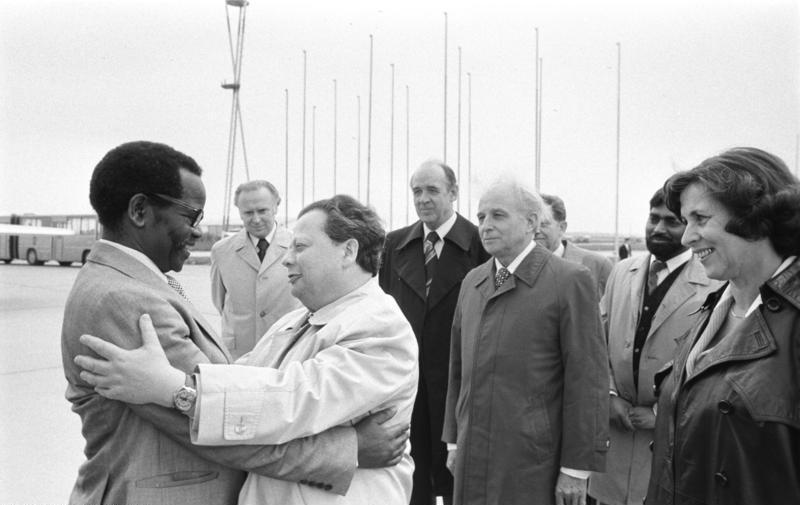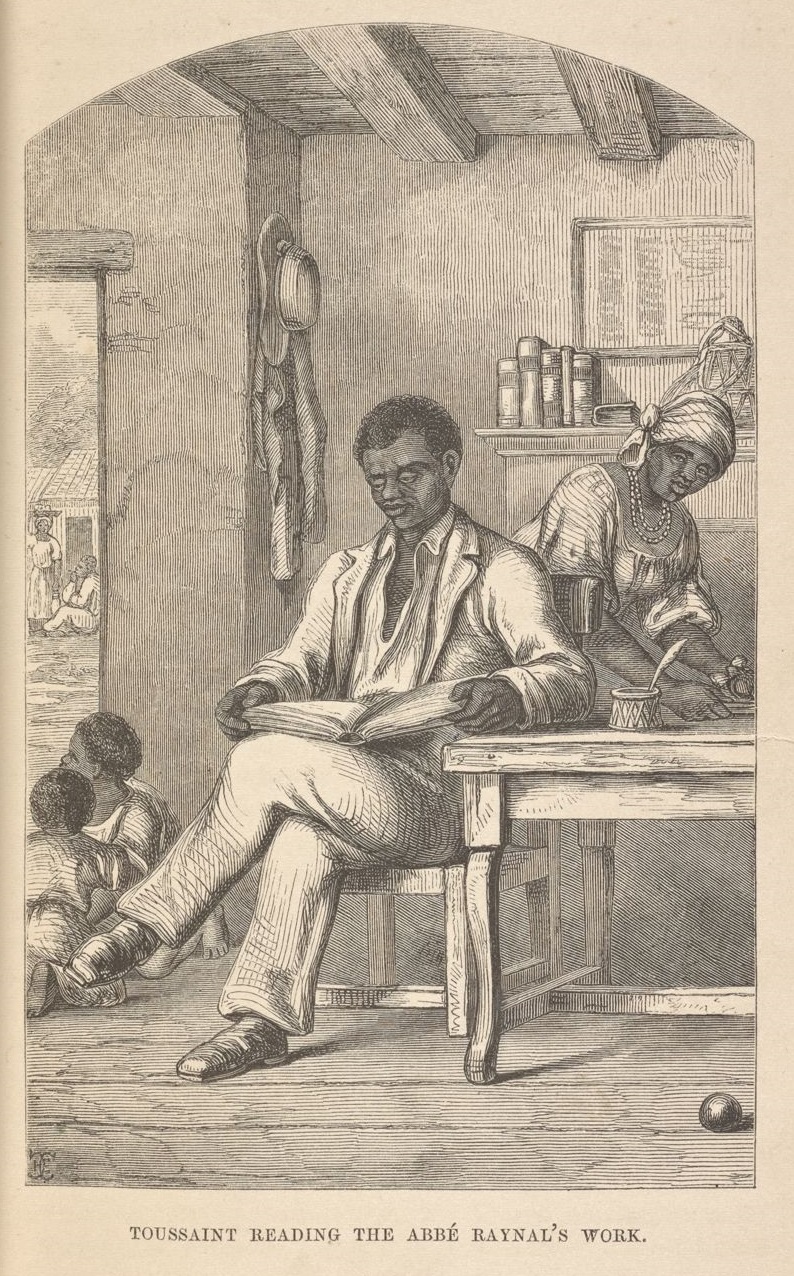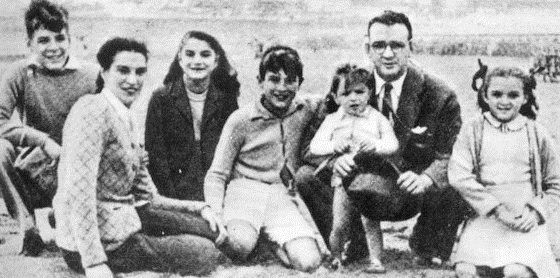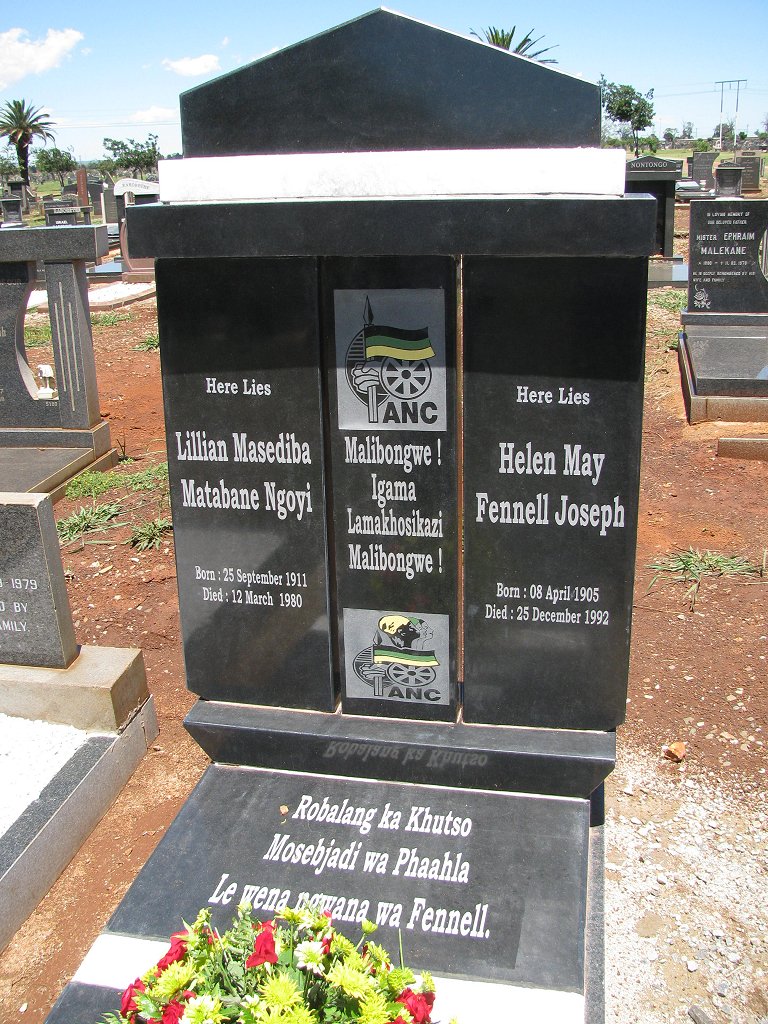|
Freedom Park (South Africa)
Freedom Park is situated on Salvokop in Pretoria. It includes a memorial with a list of the names of those killed in the South African Wars, World War I, World War II as well as during the apartheid era. Construction Construction of the park occurred in various phases and was dealt with by Stefanutti Stocks, WBHO, Trencon, Concor and others. The Project was overseen in totality by Mongane Wally Serote. Name Inclusion In March 2009, twenty-four deceased liberation struggle heroes were proposed for inclusion to the memorial. Some of the national leaders chosen include Steve Biko, Oliver Tambo, Helen Joseph, Albert Lutuli, and Bram Fischer. International and continental leaders were also among those considered for their contribution to the liberation of South Africa or the repressed in general. The continental leaders included Mozambican President Samora Machel and Amílcar Cabral. Amongst the international list was Che Guevara, a revolutionary who fought alongside former C ... [...More Info...] [...Related Items...] OR: [Wikipedia] [Google] [Baidu] |
Pretoria
Pretoria () is South Africa's administrative capital, serving as the seat of the Executive (government), executive branch of government, and as the host to all foreign embassies to South Africa. Pretoria straddles the Apies River and extends eastward into the foothills of the Magaliesberg mountains. It has a reputation as an academic city and center of research, being home to the Tshwane University of Technology (TUT), the University of Pretoria (UP), the University of South Africa (UNISA), the Council for Scientific and Industrial Research (CSIR), and the Human Sciences Research Council. It also hosts the National Research Foundation (South Africa), National Research Foundation and the South African Bureau of Standards. Pretoria was one of the host cities of the 2010 FIFA World Cup. Pretoria is the central part of the City of Tshwane Metropolitan Municipality which was formed by the amalgamation of several former local authorities, including Bronkhorstspruit, Centurion, Gaute ... [...More Info...] [...Related Items...] OR: [Wikipedia] [Google] [Baidu] |
Oliver Tambo
Oliver Reginald Kaizana Tambo (27 October 191724 April 1993) was a South African anti-apartheid politician and revolutionary who served as President of the African National Congress (ANC) from 1967 to 1991. Biography Higher education Oliver Tambo was born on 27 October 1917 in the village of Nkantolo in Bizana; eastern Pondoland in what is now the Eastern Cape. The village Tambo was born in was made up mostly of farmers. His father, Mzimeni Tambo, was the son of a farmer and an assistant salesperson at a local trading store. Mzimeni had four wives and ten children, all of whom were literate. Oliver's mother, Mzimeni's third wife, was called Julia. Tambo graduated in 1938 as one of the top students. After this, Tambo was admitted to the University of Fort Hare but in 1940 he, along with several others including Nelson Mandela, was expelled for participating in a student strike. In 1942, Tambo returned to his former high school in Johannesburg to teach science and math ... [...More Info...] [...Related Items...] OR: [Wikipedia] [Google] [Baidu] |
Museums In Pretoria
A museum ( ; plural museums or, rarely, musea) is a building or institution that cares for and displays a collection of artifacts and other objects of artistic, cultural, historical, or scientific importance. Many public museums make these items available for public viewing through exhibits that may be permanent or temporary. The largest museums are located in major cities throughout the world, while thousands of local museums exist in smaller cities, towns, and rural areas. Museums have varying aims, ranging from the conservation and documentation of their collection, serving researchers and specialists, to catering to the general public. The goal of serving researchers is not only scientific, but intended to serve the general public. There are many types of museums, including art museums, natural history museums, science museums, war museums, and children's museums. According to the International Council of Museums (ICOM), there are more than 55,000 museums in 202 countries ... [...More Info...] [...Related Items...] OR: [Wikipedia] [Google] [Baidu] |
Monuments And Memorials In Pretoria
A monument is a type of structure that was explicitly created to commemorate a person or event, or which has become relevant to a social group as a part of their remembrance of historic times or cultural heritage, due to its artistic, historical, political, technical or architectural importance. Some of the first monuments were dolmens or menhirs, megalithic constructions built for religious or funerary purposes. Examples of monuments include statues, (war) memorials, historical buildings, archaeological sites, and cultural assets. If there is a public interest in its preservation, a monument can for example be listed as a UNESCO World Heritage Site. Etymology It is believed that the origin of the word "monument" comes from the Greek ''mnemosynon'' and the Latin ''moneo'', ''monere'', which means 'to remind', 'to advise' or 'to warn', however, it is also believed that the word monument originates from an Albanian word 'mani men' which in Albanian language means 'remember ... [...More Info...] [...Related Items...] OR: [Wikipedia] [Google] [Baidu] |
Toussaint Louverture
François-Dominique Toussaint Louverture (; also known as Toussaint L'Ouverture or Toussaint Bréda; 20 May 1743 – 7 April 1803) was a Haitian general and the most prominent leader of the Haitian Revolution. During his life, Louverture first fought against the French, then for them, and then finally against France again for the cause of Haitian independence. As a revolutionary leader, Louverture displayed military and political acumen that helped transform the fledgling slave rebellion into a revolutionary movement. Louverture is now known as the "Father of Haiti". Louverture was born enslaved on the French colony of Saint-Domingue, now known as Haiti. He was a devout Catholic who became a freeman before the revolution and, once freed, identified as a Frenchman for the greater part of his life. During his time as a freeman he attempted to climb the highly stratified social ladder on the island, combatting racism whilst gaining and losing much wealth while working as ... [...More Info...] [...Related Items...] OR: [Wikipedia] [Google] [Baidu] |
Fidel Castro
Fidel Alejandro Castro Ruz (; ; 13 August 1926 – 25 November 2016) was a Cuban revolutionary and politician who was the leader of Cuba from 1959 to 2008, serving as the prime minister of Cuba from 1959 to 1976 and president from 1976 to 2008. Ideologically a Marxist–Leninist and Cuban nationalist, he also served as the first secretary of the Communist Party of Cuba from 1961 until 2011. Under his administration, Cuba became a one-party communist state; industry and business were nationalized, and state socialist reforms were implemented throughout society. Born in Birán, the son of a wealthy Spanish farmer, Castro adopted leftist and anti-imperialist ideas while studying law at the University of Havana. After participating in rebellions against right-wing governments in the Dominican Republic and Colombia, he planned the overthrow of Cuban President Fulgencio Batista, launching a failed attack on the Moncada Barracks in 1953. After a year's imprisonment, Castro travel ... [...More Info...] [...Related Items...] OR: [Wikipedia] [Google] [Baidu] |
Che Guevara
Ernesto Che Guevara (; 14 June 1928The date of birth recorded on /upload.wikimedia.org/wikipedia/commons/7/78/Ernesto_Guevara_Acta_de_Nacimiento.jpg his birth certificatewas 14 June 1928, although one tertiary source, (Julia Constenla, quoted by Jon Lee Anderson), asserts that he was actually born on 14 May of that year. Constenla alleges that she was told by Che's mother, Celia de la Serna, that she was already pregnant when she and Ernesto Guevara Lynch were married and that the date on the birth certificate of their son was forged to make it appear that he was born a month later than the actual date to avoid scandal. ( Anderson 1997, pp. 3, 769.) – 9 October 1967) was an Argentine Marxist revolutionary. A major figure of the Cuban Revolution, his stylized visage has become a ubiquitous countercultural symbol of rebellion and global insignia in popular culture. As a young medical student, Guevara traveled throughout South America and was radicalized by the poverty, hunger, ... [...More Info...] [...Related Items...] OR: [Wikipedia] [Google] [Baidu] |
Amílcar Cabral
Amílcar Lopes da Costa Cabral (; – ) was a Bissau-Guinean and Cape Verdean agricultural engineer, pan-Africanist, intellectual, poet, theoretician, revolutionary, political organizer, nationalist and diplomat. He was one of Africa's foremost anti-colonial leaders. Also known by the '' nom de guerre'' Abel Djassi, Cabral led the nationalist movement of Guinea-Bissau and the Cape Verde Islands and the ensuing war of independence in Guinea-Bissau. He was assassinated on 20 January 1973, about eight months before Guinea-Bissau's unilateral declaration of independence. He was deeply influenced by Marxism, becoming an inspiration to revolutionary socialists and national independence movements worldwide. Early years Cabral was born on 12 September 1924. He was born in the town of Bafatá, Portuguese Guinea (located in modern-day Guinea-Bissau) to Cape Verdean parents, Juvenal António Lopes da Costa Cabral and Iva Pinhel Évora, both hailing from Santiago. His father came from ... [...More Info...] [...Related Items...] OR: [Wikipedia] [Google] [Baidu] |
Samora Machel
Samora Moisés Machel (29 September 1933 – 19 October 1986) was a Mozambican military commander and political leader. A socialist in the tradition of Marxism–Leninism, he served as the first President of Mozambique from the country's independence in 1975. Machel died in office in 1986 when his presidential aircraft crashed near the Mozambican-South African border. Early life Machel was born in the village of Madragoa (today's Chilembene), Gaza Province, Mozambique, to a family of farmers. His grandfather had been an active collaborator of Gungunhana. Under Portuguese rule, his father, like most Black Mozambicans, was classified by the demeaning term "indígena" (native). He was forced to accept lower prices for his crops than White farmers; compelled to grow labour-intensive cotton, which took time away from the food crops needed for his family; and forbidden to brand his mark on his cattle to prevent thievery. However, Machel's father was a successful farmer: he o ... [...More Info...] [...Related Items...] OR: [Wikipedia] [Google] [Baidu] |
Bram Fischer
Abraham Louis Fischer (23 April 1908 – 8 May 1975) was a South African Communist lawyer of Afrikaner descent, notable for anti-apartheid activism and for the legal defence of anti-apartheid figures, including Nelson Mandela, at the Rivonia Trial. Following the trial he was himself put on trial accused of furthering communism. He was sentenced to life imprisonment, and diagnosed with cancer while in prison. The South African Prisons Act was extended to include his brother's house in Bloemfontein where he died two months later. Family and education Fischer came from a prominent Afrikaner family; his father was Percy Fischer (1876-1957), a judge president of the Orange Free State, and his grandfather was Abraham Fischer (1850–1913), a prime minister of the Orange River Colony and later a member of the cabinet of the unified South Africa. Prior to studying at University of Oxford ( New College) as a Rhodes scholar during the 1930s, he was schooled at Grey College and Gre ... [...More Info...] [...Related Items...] OR: [Wikipedia] [Google] [Baidu] |
Albert Lutuli
Albert John Mvumbi Luthuli ( – 21 July 1967) was a South African anti-apartheid activist, traditional leader, and politician who served as the President-General of the African National Congress from 1952 until his death in 1967. Luthuli was born to a Zulu family in 1898 at a Seventh-day Adventist mission in Bulawayo, Rhodesia (now Zimbabwe). He returned to his family's ancestral home of Groutville in 1908 to attend school under the care of his uncle. After graduating from high school with a teaching degree, Luthuli became principal of a small school in Natal where he was the sole teacher. Luthuli's teaching was recognized by the government, and he was offered a bursary to study for the Higher Teacher's Diploma at Adams College. After the completion of his studies in 1922, he accepted a teaching position at Adam's College where he was one of the first African teachers. In 1928, he became the secretary of the Natal Native Teachers' Association, then its president in 1933. Luth ... [...More Info...] [...Related Items...] OR: [Wikipedia] [Google] [Baidu] |
Helen Joseph
Helen Beatrice Joseph (''née'' Fennell) (8 April 1905 – 25 December 1992) was a South African anti-apartheid activist. Born in Sussex, England, Helen graduated with a degree in English from the University of London in 1927 and then departed for India, where she taught for three years at Mahbubia School for girls in Hyderabad. In about 1930 she left India for England via South Africa. However, she settled in Durban, where she met and married a dentist, Billie Joseph, whom she later divorced. Early life Helen Joseph was born Helen Beatrice May Fennell in 1905 in Easebourne near Midhurst, West Sussex, England, the daughter of a government Customs and Excise officer, Samuel Fennell. Helen Joseph came from a middle-class white family. She grew up in a racially prejudiced household. In 1923 Helen attended the University of London to study English, graduating from King's College London in 1927. After teaching in India for three years, she intended to return home via South Africa. ... [...More Info...] [...Related Items...] OR: [Wikipedia] [Google] [Baidu] |










